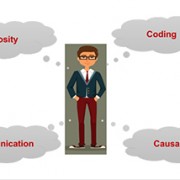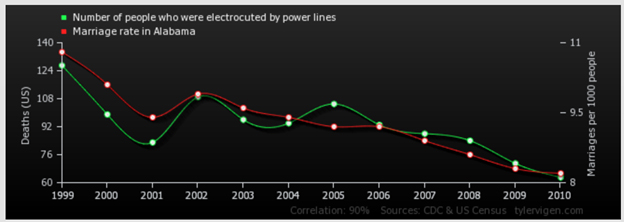A WHITE BOX MARKETING-MIX-MODELING APPROACH TO UNDERSTAND THE KEY DRIVERS OF YOUR BUSINESS

By Neeraj Kulkarni
A recent Fournaise Group global marketing effectiveness study showed that 70% of CEO’s think marketers misunderstand (misuse) the business definition of terms like ROI and have lost trust in their ability to prove effectiveness of marketing spend to drive business goals. Most marketers are still challenged by their strategy and analytic teams working in silos and producing individual channel performance results for mass media (TV, Radio etc.) and online media as if each works in isolation. This approach can leady to faulty reasoning and can lead to millions of dollars being allocated in the channels which don’t yield the highest marginal ROI. The reality is that consumers today are exposed to several media touch points and sales channels. The brand funnel is no longer linear but highly connected with various channels playing a part in the decision making process. Marketers are looking to get clear understanding and solutions to the following 3 key questions:
- What are the key business and marketing drivers that impact sales? How do we quantify their synergistic effects to compute contribution and marginal ROI for individual channels?
- What is the optimized marketing allocation that will drive brand purchase intent and business objectives?
- What are the strategic decisions that need to be made based on the model findings to hit or exceed your brand and business goals?
Current approaches & shortcomings
Marketing mix modeling (MMM) is use of advanced analytics and statistical techniques specifically developed to estimate the impact of marketing activities on sales and then forecast the impact of future sets of activities on business goals. However too often marketing mix models are developed by utilizing only data inputs which are either media or marketing related activities and some seasonal factors. However they rarely take into knowledge inputs from key stakeholders in the organization on future outlook of business, product innovation, management changes and marketing activities. Such naïve modeling approaches are backward looking and depend on past marketing activities to be predictive of future sales or brand behavior and rarely reflect forward looking organizational beliefs and are generally not used for strategic decision making. Due to the dynamic nature of the business and market conditions, this modeling approaches fail to accurately identify and quantify the key marketing drivers which can often lead to serious misallocation of marketing resources.
Customer Intelligence + Experiential Knowledge = Actionable, Predictive Insights
At CIEK, we have developed a marketing mix solution suite which integrates big data and user experience using advanced data sciences and machine learning techniques that are transparent, predictive and highly actionable. This forward looking approach leverages a data strategy which can take in to account data gaps, uncertainties in current business and marketing conditions and allows marketers to test new channels, messages and product mixes to accurately predict the impact of those changes on business objectives. Synergistic impact between cross channel activities are quantified to understand contribution and marginal ROI of marketing activities which can influence media and brand experience planning. Marketers can run scenarios, test marketing plans and run their campaigns with greater confidence. Campaign analysis and learnings act as feedback to the modeling process to constantly validate and fine tune the model results. Strategic recommendations are provided based on the model findings which not only inform media allocations but more importantly provide decision support for strategic planning to drive business goals.
Marketing Leaders – Create Accountability and Drive Growth
The best way to drive organic growth in an organization is by improving current customer lifetime value and developing predictive marketing strategies for high value acquisitions. We all know that. Yet how many times have we seen marketing dollars being wasted over activities which seem to have limited impact on the core business objectives of the organization. Marketers need to drive accountability and utilize fact based decision support to drive their strategies and maximize the impact of marketing activities on their business.






